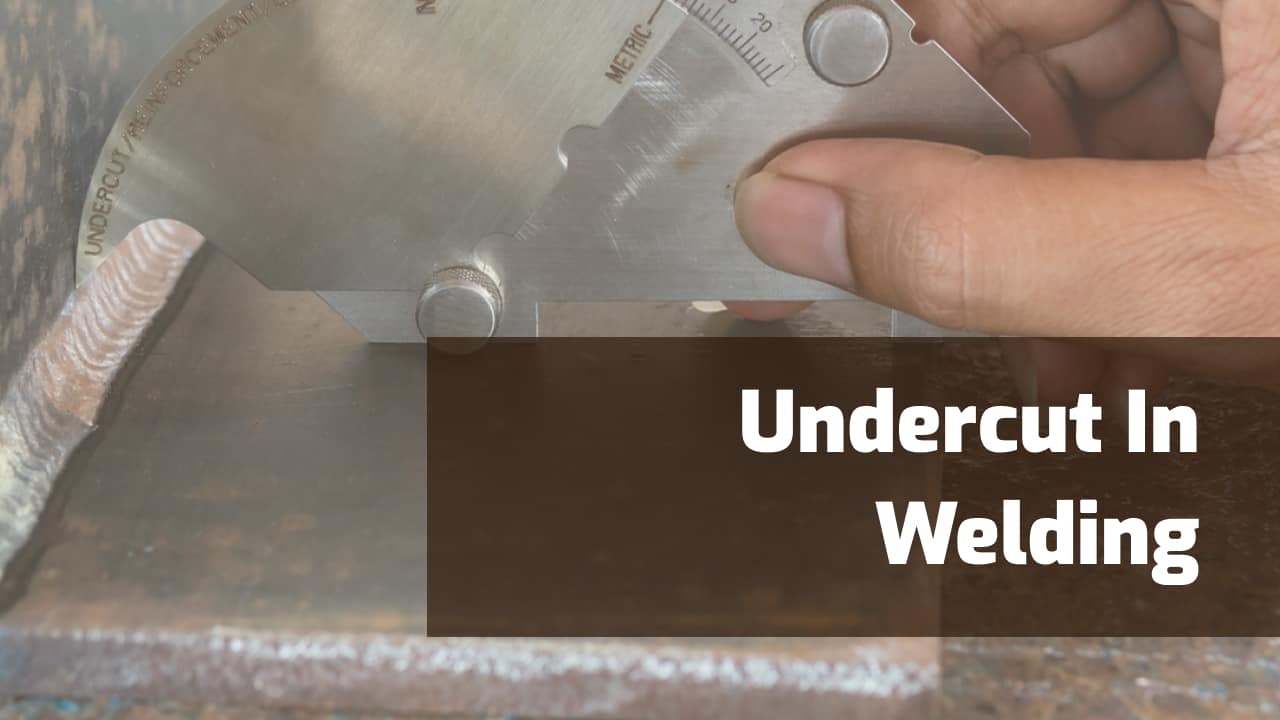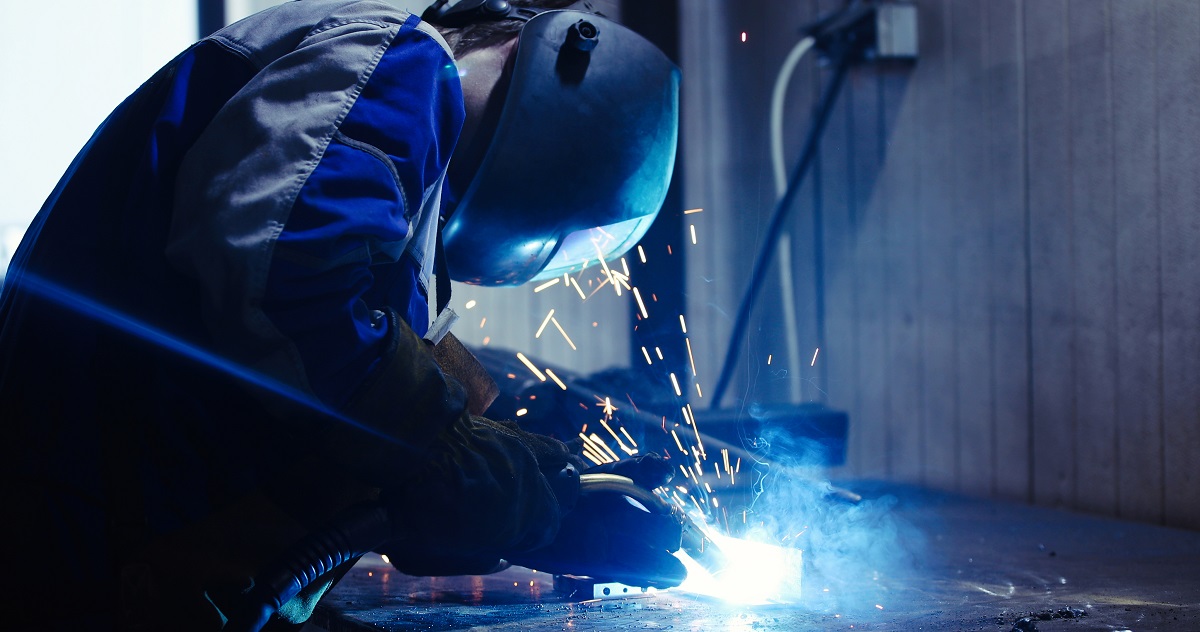Step-by-Step Overview to Preventing Weld Undercut in Different Metals
Step-by-Step Overview to Preventing Weld Undercut in Different Metals
Blog Article
Understanding the Art of Welding: How to Prevent Undercut Welding Issues for Flawless Fabrication Outcomes
Effectiveness and accuracy are critical in the globe of welding, where even the smallest blemish can compromise the architectural honesty of a made piece. One typical challenge that welders face is damaging, a problem that can deteriorate a weld joint and lead to pricey rework. By recognizing the root creates of undercut welding and applying efficient methods to stop it, welders can boost their craft to brand-new levels of excellence (Preventing weld undercut). In the pursuit of perfect manufacture results, understanding the art of welding to avoid undercut concerns is not just an ability however a necessity for those pursuing perfection in their work.
Understanding Undercut Welding

To protect against undercut welding, welders need to ensure correct welding criteria, such as readjusting the present, voltage, travel speed, and preserving the right electrode angle. Additionally, utilizing the ideal welding technique for the specific joint arrangement is important. Utilizing weaving movements or backstepping methods can aid ensure correct weld steel deposition and decrease the probability of undercut development. Normal inspection of welds throughout and after the welding process is also essential to catch any type of undercut early and make needed adjustments to avoid further issues. Preventing weld undercut. By comprehending the causes of undercut welding and implementing safety nets, welders can attain premium, structurally audio welds.
Root Causes Of Undercut in Welding
Recognizing the factors that contribute to damage in welding is crucial for welders to produce top notch, structurally sound welds. When the weld steel does not properly load the groove developed in between the base metal and the previously deposited weld metal, undercutting occurs. Numerous variables can result in undercut in welding. One typical cause is excessive warmth input. Welding at heats for extensive durations can lead to the base steel thawing greater than preferred, causing damage. Insufficient welding incorrect or current welding rate can additionally add to undercut. Insufficient current may not give sufficient warmth to thaw the base and filler metals appropriately, while too much rate can prevent correct blend, causing undercut. In addition, incorrect electrode angles or incorrect lantern manipulation techniques can produce areas of reduced weld steel deposition, promoting undercut. Recognizing these causes and carrying out proper welding strategies can aid avoid damaging problems, making sure solid and long lasting welds.
Techniques to stop Undercutting

To alleviate the risk of undercutting in welding, welders can utilize strategic welding strategies aimed at improving the quality and stability of the weld joints. In addition, utilizing the correct welding technique for the specific joint setup, such as weave or stringer beads, can contribute to reducing undercutting.
Moreover, appropriate joint prep work, including guaranteeing clean base products complimentary of pollutants and utilizing the ideal welding consumables, is essential in avoiding undercut issues. Using back-step welding strategies and managing the weld bead profile can likewise help distribute heat uniformly and lessen the danger of undercut. Normal inspection of the weld joint during and after welding, along with implementing quality control procedures, can assist in spotting and addressing damaging issues promptly. By implementing these techniques vigilantly, welders can accomplish flawless manufacture results with a knockout post minimal undercut defects.
Value of Appropriate Welding Specifications
Picking and keeping suitable welding criteria is necessary for attaining effective welds with minimal problems. Welding criteria refer to variables such as voltage, present, take a trip speed, electrode angle, and protecting gas circulation rate that straight affect the welding process. These parameters need to be meticulously adjusted based on the kind of material being bonded, its thickness, and the welding strategy utilized.
Correct welding criteria ensure the correct amount of warmth is put on melt the base metals and filler product uniformly. If the criteria are set too expensive, it can bring about extreme heat input, creating spatter, distortion, or burn-through. On the various other hand, if the specifications are as well low, incomplete fusion, lack of penetration, or undercutting may happen.
Quality Control in Welding Procedures

Conclusion
In verdict, grasping the art of welding requires a comprehensive understanding of undercut welding, its causes, and methods to avoid it. By making certain proper welding criteria and executing go right here quality guarantee practices, perfect fabrication results can be achieved. It is essential for welders to consistently aim for excellence in their welding operations to avoid undercut problems and create high-grade welds.
Undercut welding, a common defect in welding processes, takes place when the weld metal does not correctly load the groove and leaves a groove or depression along the welded joint.To avoid undercut welding, welders need to make certain proper welding criteria, such as adjusting the present, voltage, traveling speed, and keeping the appropriate electrode angle. Inadequate welding existing or incorrect welding speed can likewise contribute to undercut.To minimize the danger of damaging in welding, welders can use strategic welding methods aimed at enhancing the top quality and stability of the weld joints.In final thought, understanding the art of welding needs a complete understanding of undercut welding, its causes, and strategies to avoid it.
Report this page